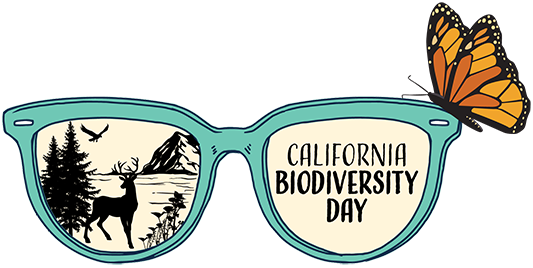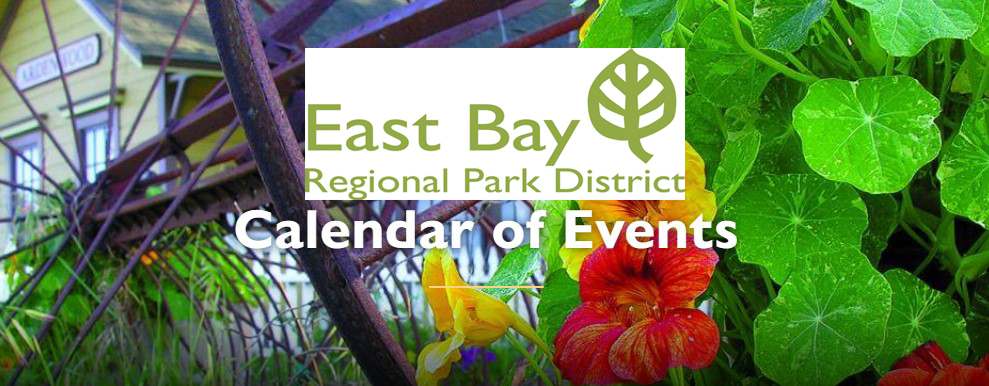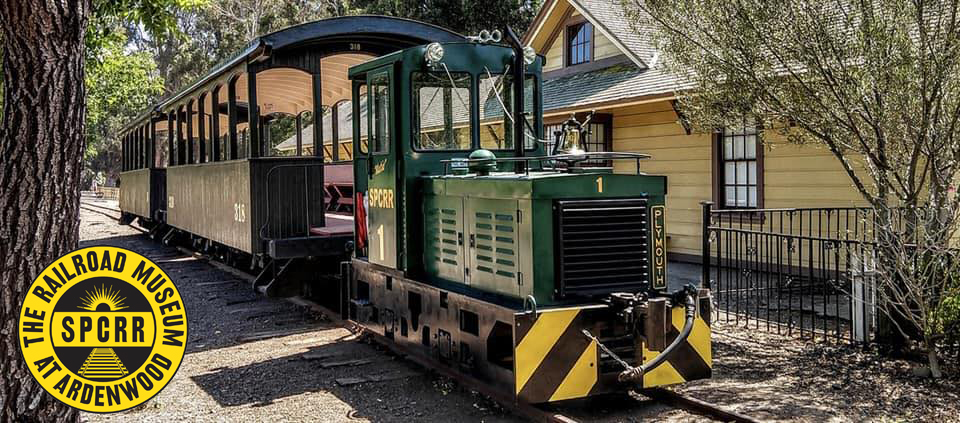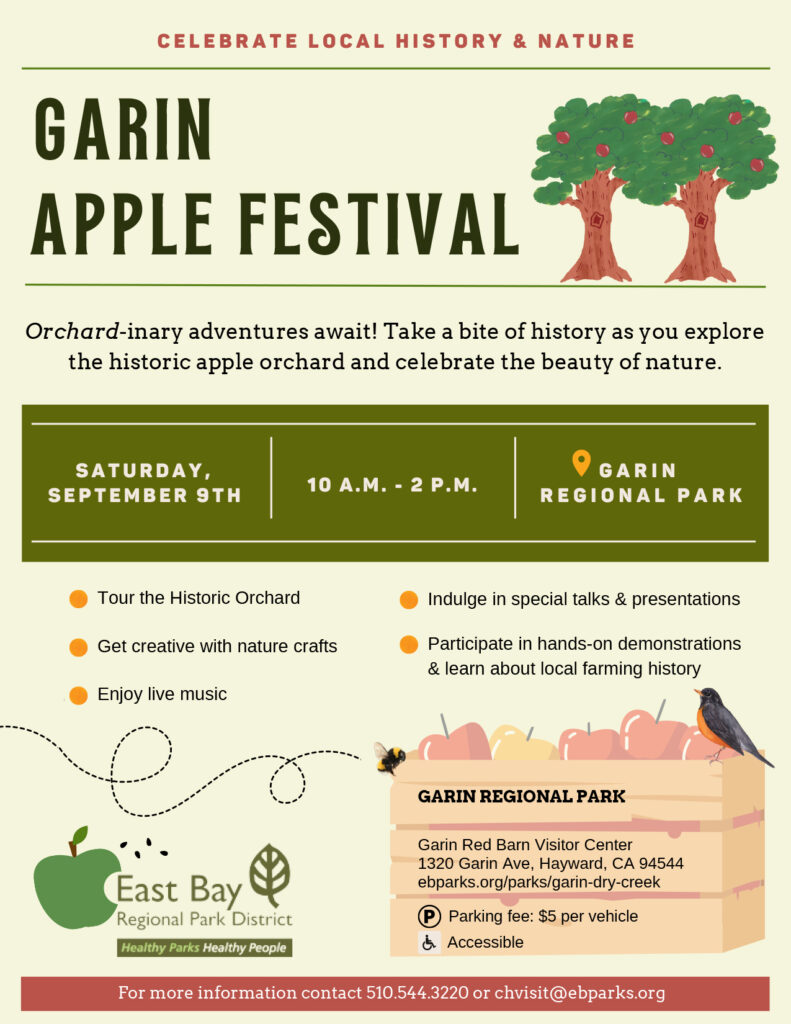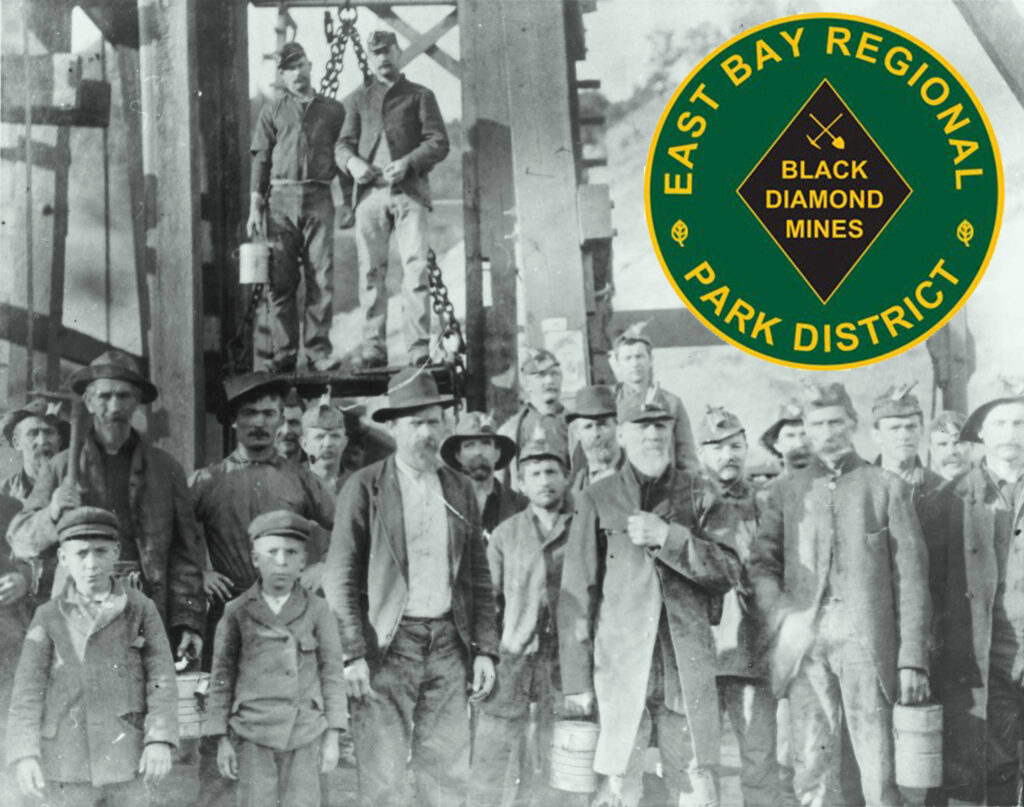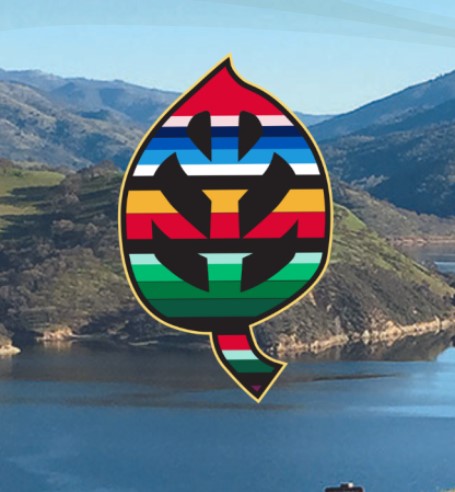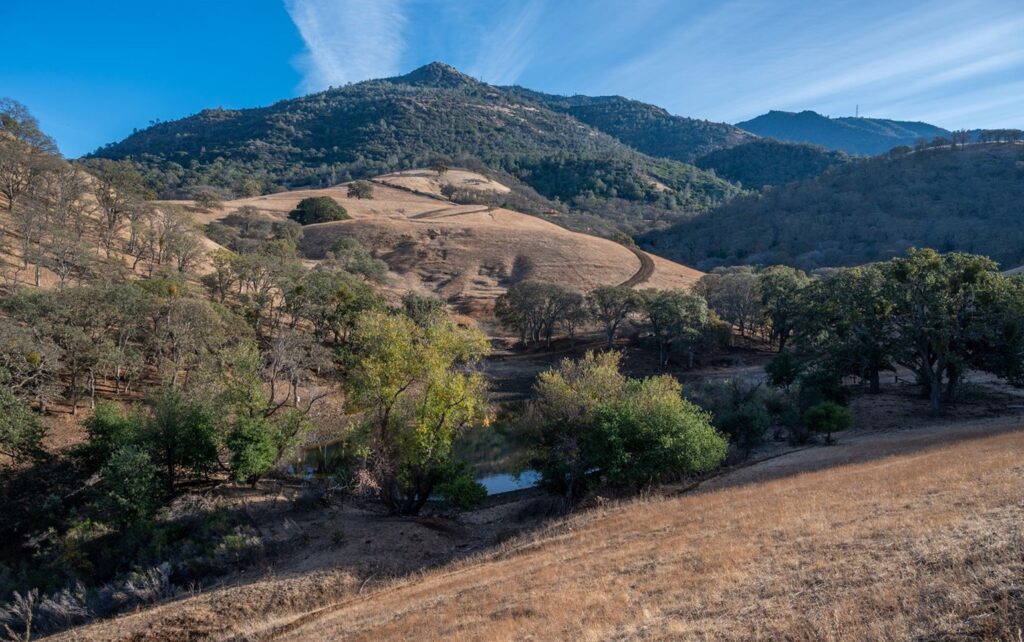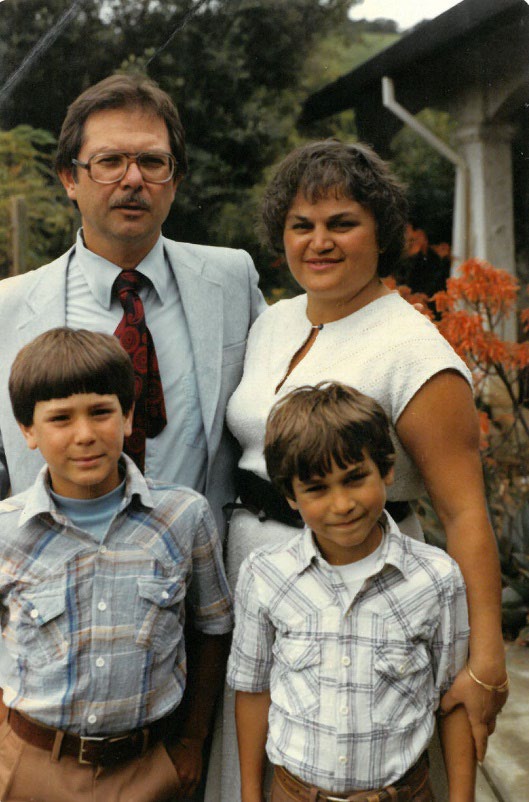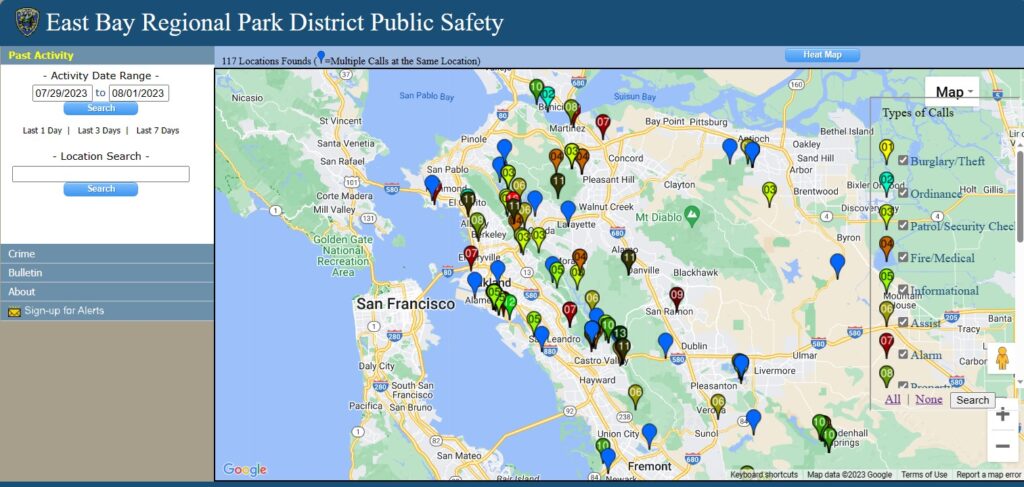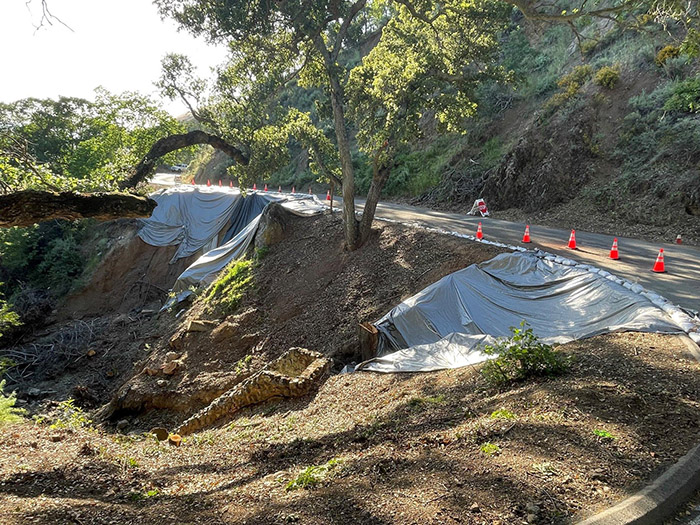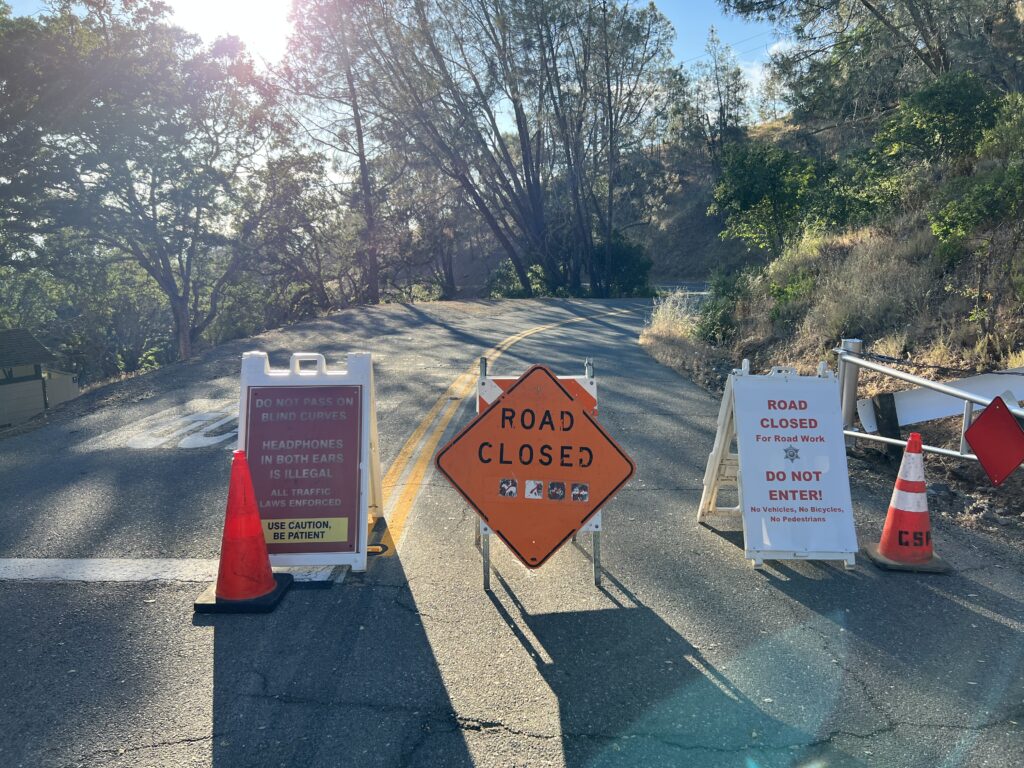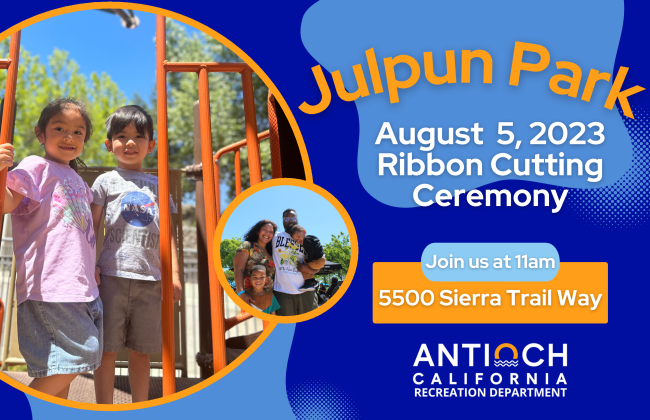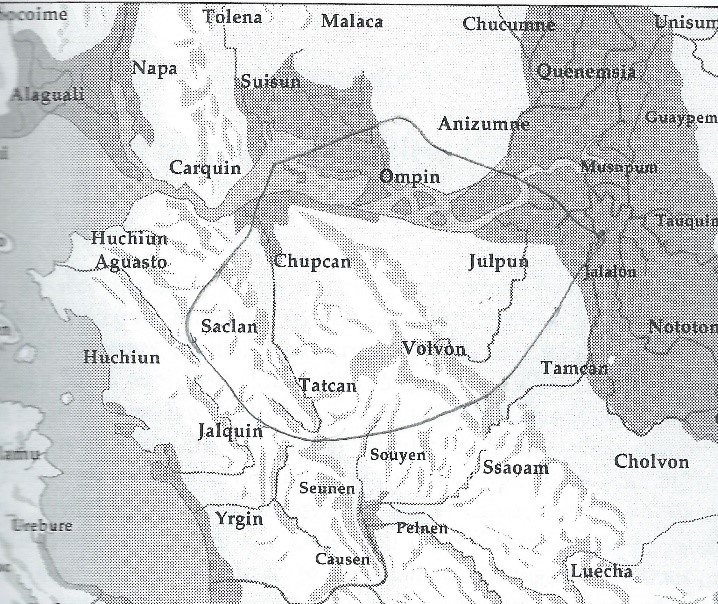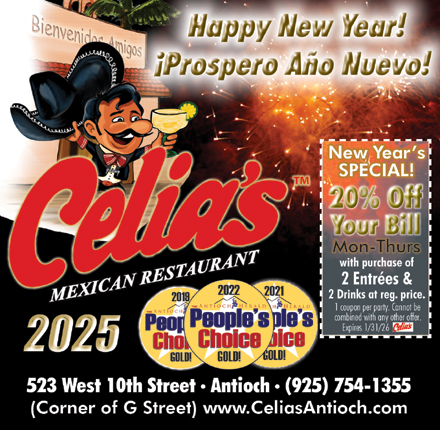Save Mount Diablo protects critical Balcerzak Inholding property within Mount Diablo State Park
Thursday, August 31st, 2023
Must raise at least $500,000 and hopefully more for the land acquisition project.
By Laura Kindsvater, Senior Communications Manager, Save Mount Diablo
On August 8, three weeks after signing a purchase agreement, Save Mount Diablo closed escrow and acquired the 10-acre “Balcerzak Inholding” property for $1,075,000, including a two-year, interest-only loan to cover half the purchase price. The “Balcerzak Inholding” is a small knoll and steep slopes nestled in an extremely rugged side canyon dropping from Knobcone Point into Curry Canyon, east of the State Park’s Curry Point. It includes a log cabin house and other structures.
“It is a major deal acquiring and protecting one of the few remaining private land inholdings within Mount Diablo State Park. It is even more significant when you consider the time pressure and competition we had to face when the property was put on the market, and we were working to try and secure what had been an at-risk and beautiful inholding threatening Mount Diablo State Park. We are already working with our valued agency partners, California State Parks and the East Contra Costa County Habitat Conservancy, to get this land added to Mount Diablo State Park as soon as they can. Our terrific donors have also been reaching out to help us,” said Ted Clement, Save Mount Diablo Executive Director.
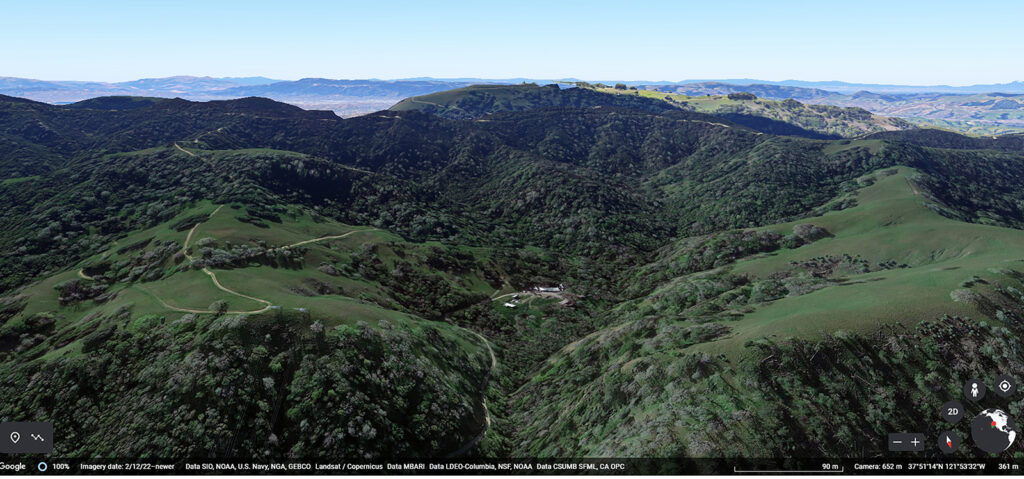
The “Balcerzak Inholding” property was listed on a Monday and the Save Mount Diablo team lined up Board approval, secured a loan, and took other steps to be in the running for this land acquisition opportunity within a few days.
20,000-acre Mt. Diablo State Park has five inholdings—private land surrounded by public land. Inholdings are a unique opportunity for the landowner: isolation, views and spectacular beauty surrounded by nature but with special challenges including fires, floods, wildlife, privacy concerns and public recreational use. From a park agency’s perspective, private properties within parks create management challenges, impact resources and can conflict with recreational use.
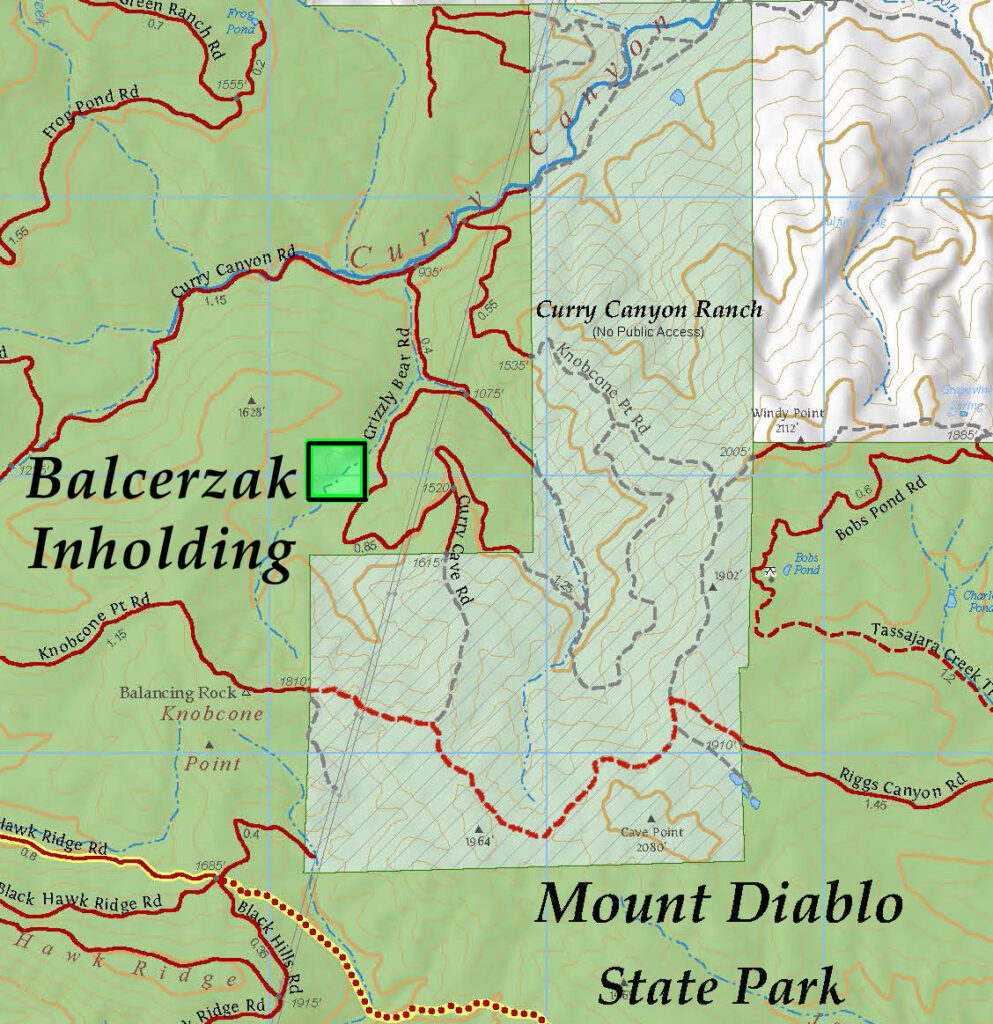
The “Balcerzak Inholding” includes a large log cabin house, barns and outbuildings as well as four converging stream canyons and black oaks, blue oaks, chaparral, and fire adapted knobcone pine woodland, near SMD’s 1,080 Curry Canyon Ranch property. Reached three miles up a steep dirt road from Morgan Territory Road near Clayton, as well as several fords of Curry Creek, the property is closer to Blackhawk and Danville. There is not a more isolated house in a more isolated canyon on all of Mt. Diablo.
“Curry Canyon’s side canyons are incredible,” said Seth Adams, SMD’s Land Conservation Director. “We did our due diligence, but we could have practically bought this property sight unseen. We knew from our Curry Canyon Ranch property just how rich the biodiversity is—we’ve recorded over 800 species of wildlife there. There are big rocky sandstone cliffs, knobcone pine forest just above the property and cultural sites nearby. This inholding has been affecting hundreds of acres of the State Park. We’re reassembling a gorgeous natural landscape.”
The Balcerzak inholding wasn’t originally an inholding. It was part of the 6-lot Mann subdivision. “Backhoe Bob” Balcerzak purchased one of the lots in 1984 and built a large log cabin. In the 1960s Mt. Diablo State Park acquired part of the Blackhawk Ranch and expanded the park east down Curry Canyon from Curry Point and the Knobcone Point ridge. Later, five of the Mann parcels were purchased by the State in 1986 and 1987, completely encircling Balcerzak. Bob Balcerzak passed away in September 2022 and his wife Barbara Ackerman put the property on the market in June.
Every rural community hopes for a neighbor like “Backhoe Bob” Balcerzak, handy, helpful and with a lot of tools and heavy equipment. For many years Bob Balcerzak helped maintain the fire road up Curry Canyon. But he was also blustering and protective of his property. He actively discouraged hikers on the adjacent public trail which climbed from the bottom of Curry Canyon and dead ended at the neighboring Bertagnolli property. Save Mount Diablo purchased Bertagnolli in 2013 and renamed it “Curry Canyon Ranch.”
Curry Canyon is a special high priority acquisition area for Save Mount Diablo. Diablo’s main peaks have many large canyons, such as Pine Canyon and Mitchell Canyon, most with fire roads and regional staging areas with lots of parking. Visitors love the easy access and shade in stream canyons. The exceptions were Riggs Canyon on Finley Road, where East Bay Regional Park District bought 768-acre Finley Road Ranch in April with Save Mount Diablo’s help, to provide better access.

And Curry Canyon with its “Sloan Road” which dropped east from Curry Point and Rock City. Early promoters billed it as the “Stockton Road’ or east entrance to the mountain, but legal public access wasn’t formally established. Save Mount Diablo and the State have preserved 5/6ths of the canyon and SMD has secured two other access routes. In March Save Mount Diablo also opened to the public a missing piece of the Knobcone Point Trail across its Curry Canyon Ranch property, connecting Curry Point and the Knobcone Point area in the State Park along a ridge east to Riggs Canyon. The bottom of Curry Canyon is still private, but the new Balcerzak acquisition will allow several new trail loops to be opened from the State Park across Curry Canyon Ranch.
But first Save Mount Diablo must raise at least $500,000 and hopefully more for the Balcerzak land acquisition project. When Balcerzak was listed on the market, SMD was already committed to three other acquisitions, including its Krane Pond land acquisition project, in which it must complete fundraising for the $500,000 project by October, and its North Peak Ranch project near Clayton. To move fast at Balcerzak, the organization took out a 2-year, interest only loan. As soon as possible within these two years Save Mount Diablo will look to receive funding support from its partner agencies.
Second, there will be a big cleanup effort at Balcerzak. Although we’ve passed the property many times on the fire road, we only recently got a closer look. The owners have done quite a bit to get the property ready for the market, but after 40 years there has been a big accumulation of ranch and construction materials. “Our stewardship volunteers love this kind of project,” said Land Programs Director Sean Burke. “We will spend hundreds of hours beautifying and healing this magical canyon.”
About Save Mount Diablo
Save Mount Diablo is a nationally accredited, nonprofit land trust founded in 1971 with a mission to preserve Mount Diablo’s peaks, surrounding foothills, watersheds, and connection to the Diablo Range through land acquisition and preservation strategies designed to protect the mountain’s natural beauty, biological diversity, and historic and agricultural heritage; enhance our area’s quality of life; and provide educational and recreational opportunities consistent with protection of natural resources. To learn more, please visit https://www.savemountdiablo.org .











